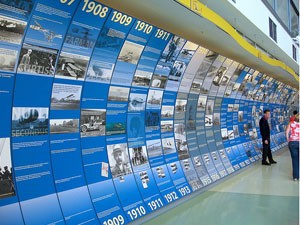Ben Botkin of the Times-News in Twin Falls, Idaho, checked the dates on a local college’s bidding process and found some discrepancies. His story starts:
“On June 15, College of Southern Idaho trustees approved a recommendation from the school’s administration to hire builder Starr Corp. and architect/engineer CTA to oversee design and construction of a major new campus building.
Nine other firms or partnerships also submitted proposals for the $6.5 million wind-energy instruction building and a remodel of the Desert Building.
But memos, plans and other documents obtained by the Times-News show that Starr Corp. and CTA were involved in the wind-energy building project as early as January, and were being called CSI’s ‘design-build team’ well before the college opened the competition to any others.”
The story won a first-place award for investigative reporting from the Utah-Idaho-Spokane Associated Press Association and the First Amendment Award from the Idaho Press Club.
As in his lede, the timeline was very important.
Pay attention to dates on documents, Ben says.
“In my initial reporting, arranging the records in a timeline was invaluable in showing the pattern of how the process unfolded,” he says. “The timeline also worked well as an accompanying graphic with my story. The college’s bidding documents, federal records, and subsequent interviews formed the basis of a timeline.”
If you’re looking for a free, open-source tool that allows you to organize events and create interactive timelines for the Web, check out Simile.
Ben says the college’s documentation didn’t raise red flags, but the grant application filed with the Economic Development Administration showed that the college identified its firms before bidding took place.
He also suggests talking to competitors when working on bidding stories. He says he spoke with the other companies that had bid when he started reporting, but they didn’t have much to say.
“That changed after I showed them details that they weren’t even aware of themselves,” he says. ”Their input was crucial for showing readers why they should care about the story.”










